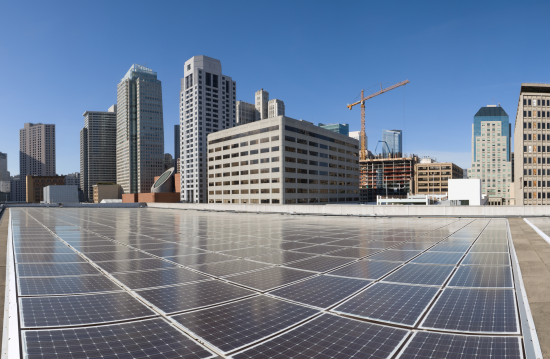I was recently asked how utilities are being disrupted by Digitization, distributed energy resources, and technologies such as the Tesla power wall, the Nest thermostat, etc.
First is digitization, which is a broad term referring to the growing ability to have processes, devices, and systems implemented as flexible virtualized systems rather than tightly coupled hardware/firmware/software. In and of itself this isn’t necessarily disruptive to utilities because utility operating companies are regulated monopolies.
Distributed Energy Resources (DER) include a variety of technologies inclusive of electric vehicles, energy management, energy storage, demand response, and distributed generation (DG). Energy management is focused on reducing the amount of electricity used and whenever possible, scheduling that use during non-peak times. Although it reduces the amount of electricity an electric utility sells, attainable levels are in the 10-15% range, only significant when adopted by the majority of customers.

When people talk about utility disruption, what they generally have in mind is DG – most commonly, rooftop solar.
Why is DG disruptive[i]?
DG provides electricity that is not generated or delivered by the utility. If the solar panels are large enough, they may cumulatively generate enough power to result in a zero bill for the customer. Even when the bill isn’t zero, it’s significantly less.
When there are relatively few customers with solar panels, the impact on the utility is small. However solar installations are growing rapidly with many expecting them to reach penetrations of 25% or more, seriously disrupting the utility business model.
What’s disruptive about the Nest thermostat?
Nest saves energy by reducing heating and cooling when no one is home. Nest also provides the ability to reduce power consumption during utility alerts. That doesn’t sound very disruptive.

Why did Google pay $3.2B for Nest? With compact fluorescents and now LED light bulbs replacing incandescent lighting, the energy used for residential lighting is declining rapidly by as much as 80%. This has all but eliminated the energy saving value of managing lighting.
The largest energy consumption, by appliance, in a home is by far the heating and air-conditioning[ii]. In a home where closely managing energy usage maximizes the impact of solar power – who will own the installed base of heating & air-conditioning control systems?
Investor Owned Utilities, regulated to a fixed return on assets, generally charge customers a tariff that bundles infrastructure cost with the electric power. If the various factors reducing consumption reduce kilowatt hours delivered below the breakeven point, utilities could be left with an unsustainable business model.

Future regulatory models have not been determined, but recognition that they must change is growing. No matter what direction is taken by future grid operations and business models, a key enabling technology will be secure, scalable, networked communications. Described in various ways as IoT, Digitization or Digitalization, these are opportunities for utilities to maintain or even improve reliability while accommodating growing DER, meeting goals for a lower carbon future, and improving efficiency. Digitization also enriches the customer experience enabling utilities to build customer relationships to help their customers achieve their goals.
Where to go next
For more information, some of the best reports I’ve seen are:

- Gridwise Alliance: The Future of the Grid: Industry’s Vision of the U.S. Electric Grid in 2030
- A financial perspective done for EEI in 2013: Disruptive Challenges: Financial Implications and Strategic Responses to a Changing Retail Electric Business
To receive future blogs straight to your inbox:
[i] This question is covered in much great detail in a 2013 paper written by the California Independent System Operator (CAISO), “What the duck curve tells us about managing a green grid”
[ii] Other than a home spa, hot tub or swimming pool

CONNECT WITH US